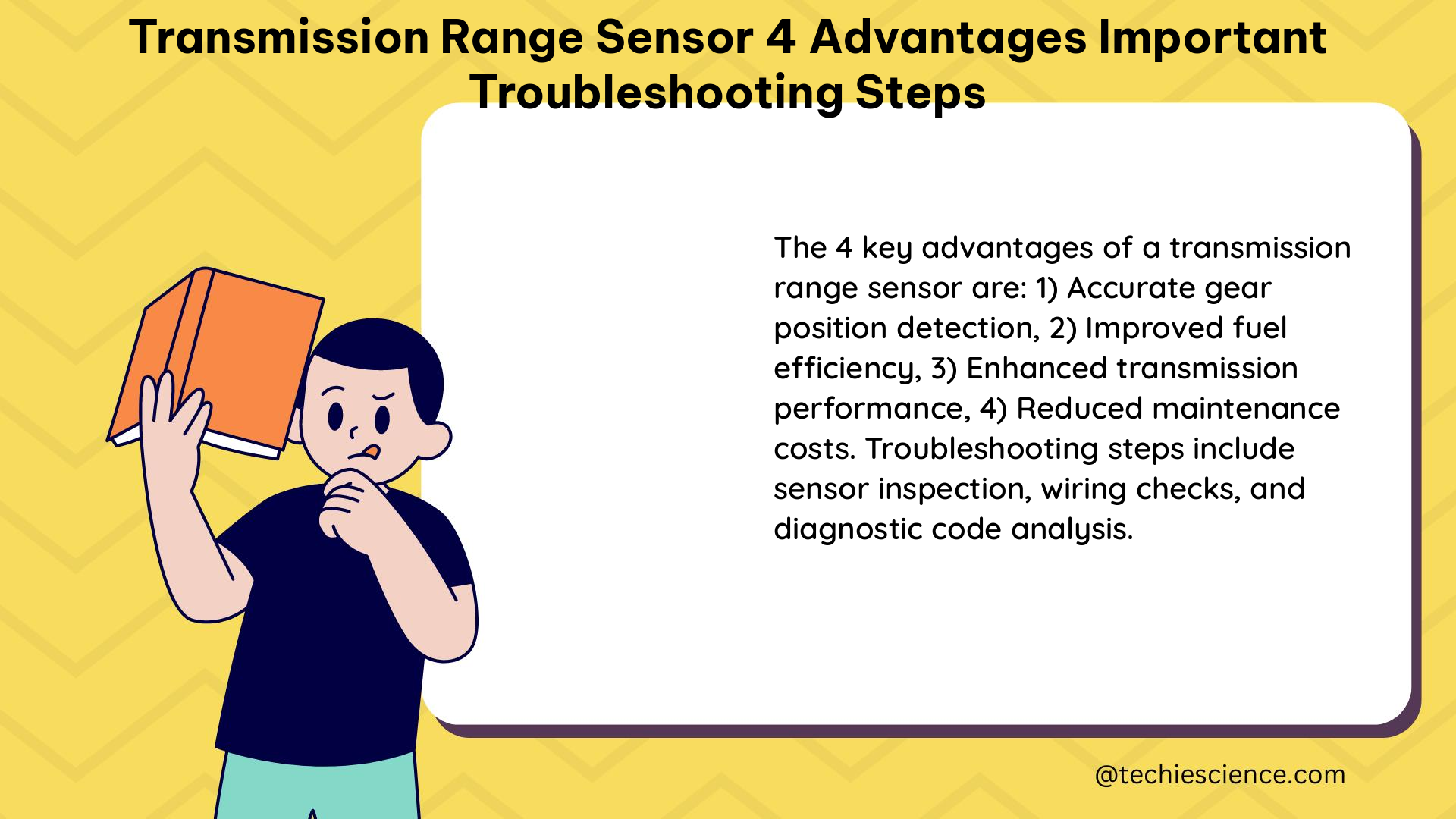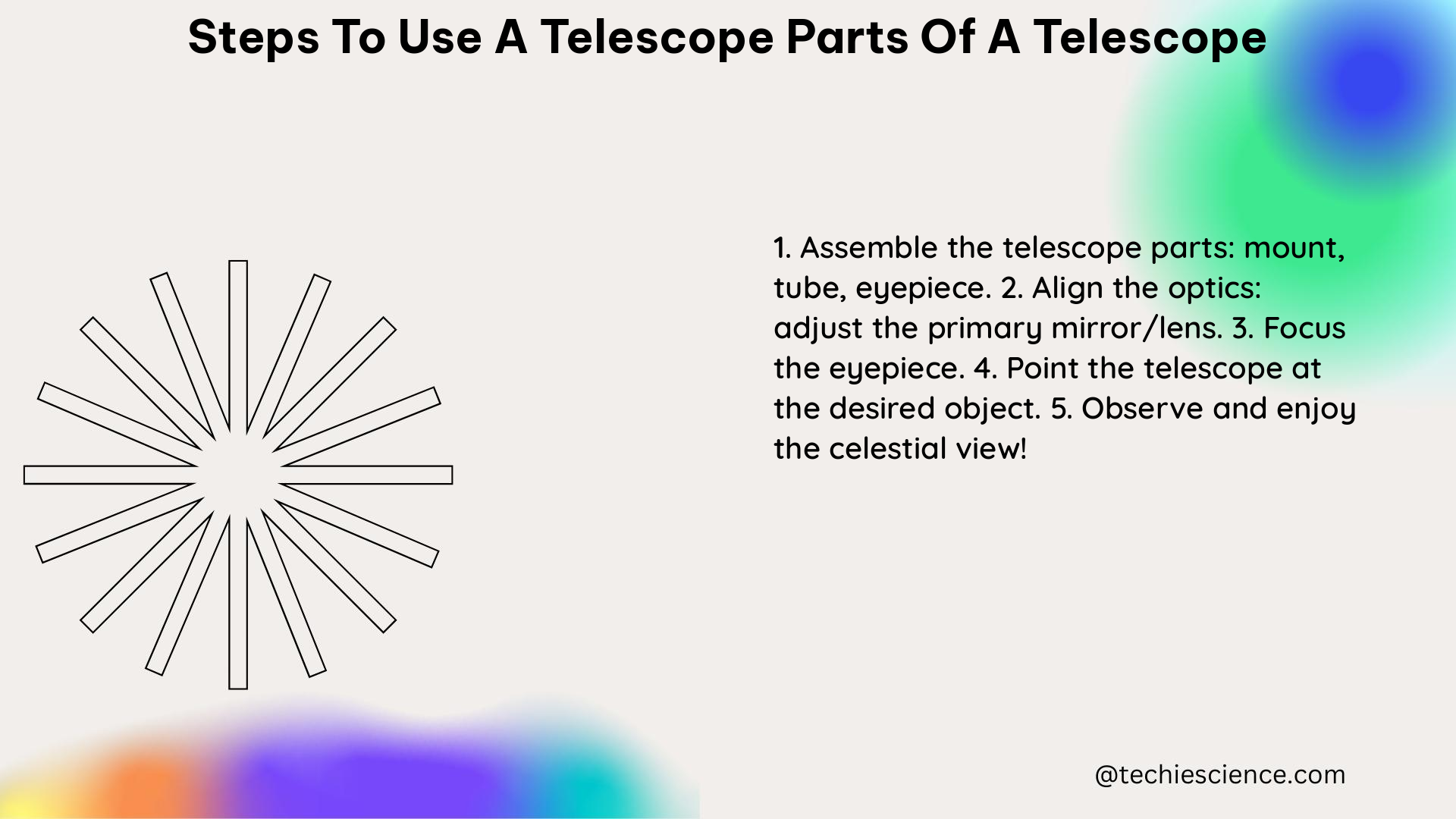Bacterial DNA replication is a highly complex and tightly regulated process that involves a series of coordinated steps, each with its own technical specifications and DIY aspects. This comprehensive guide will provide you with a detailed overview of the key steps involved in bacterial DNA replication, along with the necessary technical details and practical applications.
Initiation
The initiation of bacterial DNA replication begins at a specific locus called the replication origin, or oriC. In Escherichia coli, the model organism for bacterial DNA replication studies, the oriC is approximately 245 base pairs long and contains several essential elements, including DnaA boxes. These DnaA boxes serve as recognition sites for the DnaA protein, a key player in the initiation process.
The DnaA protein binds to the DnaA boxes and forms a complex that unwinds the DNA helix, allowing the replication process to commence. The number and orientation of the DnaA boxes within the oriC are critical for its proper function, as any alterations in these parameters can lead to the inactivation of the origin.
Technical Specifications:
– The oriC in E. coli contains 9 DnaA boxes, each 9 base pairs long.
– The DnaA protein binds to the DnaA boxes with a dissociation constant (Kd) of approximately 10 nM.
– The unwinding of the DNA helix at the oriC is facilitated by the DnaA protein, which induces a local melting of the DNA strands.
DIY Aspects:
– To measure the binding affinity of the DnaA protein to the DnaA boxes, one can use techniques such as electrophoretic mobility shift assays (EMSA) or surface plasmon resonance (SPR).
– The unwinding of the DNA helix at the oriC can be visualized using electron microscopy or atomic force microscopy.
Unwinding

Once the DNA helix is unwound at the origin, the replication fork begins to move in both directions, continuously unwinding the DNA as it progresses. This unwinding process is facilitated by specialized enzymes called helicases, which use the energy from ATP hydrolysis to unwind the DNA strands.
In E. coli, the replicative helicase is called DnaB, and it is loaded onto the single-stranded DNA by the DnaC protein. The DnaB helicase then moves along the DNA, separating the strands and creating the replication bubble, which is the region of unwound DNA.
Technical Specifications:
– The DnaB helicase in E. coli unwinds the DNA at a rate of approximately 1000 base pairs per second.
– The length of the replication bubble in E. coli is typically around 100,000 base pairs.
– The DnaB helicase is a hexameric protein, with each subunit containing a RecA-like domain that binds and hydrolyzes ATP.
DIY Aspects:
– The unwinding of the DNA by the DnaB helicase can be visualized using single-molecule techniques, such as magnetic tweezers or optical traps.
– The ATPase activity of the DnaB helicase can be measured using fluorescence-based assays, such as the malachite green assay or the EnzChek Phosphate Assay.
Priming
As the replication fork moves along the DNA, it encounters regions that cannot be directly replicated by the DNA polymerase. These regions require the addition of short RNA molecules called primers, which provide a starting point for DNA synthesis.
The synthesis of these primers is carried out by the primase enzyme, which in E. coli is called DnaG. The DnaG primase works in conjunction with the DnaB helicase to synthesize the primers at the appropriate locations along the DNA.
Technical Specifications:
– The DnaG primase in E. coli synthesizes RNA primers that are typically 11-12 nucleotides long.
– The DnaG primase interacts with the DnaB helicase through a specific domain-domain interaction, which helps to coordinate the priming and unwinding processes.
– The rate of primer synthesis by the DnaG primase is approximately 10-15 primers per second.
DIY Aspects:
– The synthesis of primers by the DnaG primase can be monitored using radioactive or fluorescent labeling techniques, such as primer extension assays or RNA-seq.
– The interaction between the DnaG primase and the DnaB helicase can be studied using techniques like co-immunoprecipitation or surface plasmon resonance.
Elongation
Once the primers are in place, the DNA polymerase can begin synthesizing the new strands of DNA. In E. coli, there are three main DNA polymerases involved in the replication process: Pol III, Pol I, and Pol II.
The Pol III holoenzyme is the primary replicative polymerase, responsible for synthesizing the majority of the new DNA strand. Pol I is involved in the removal of the RNA primers and their replacement with DNA, while Pol II plays a role in DNA repair and recombination processes.
Technical Specifications:
– The Pol III holoenzyme in E. coli can synthesize DNA at a rate of approximately 1000 nucleotides per second.
– The Pol III holoenzyme is a complex of several subunits, including the α, ε, and θ subunits, which are responsible for the polymerase, proofreading, and processivity functions, respectively.
– The Pol I enzyme in E. coli has a 5′ to 3′ exonuclease activity, which allows it to remove the RNA primers and replace them with DNA.
DIY Aspects:
– The activity of the Pol III holoenzyme can be measured using in vitro DNA synthesis assays, which involve the incorporation of radioactive or fluorescent nucleotides into the newly synthesized DNA.
– The proofreading activity of the Pol III holoenzyme can be studied using primer extension assays or DNA sequencing techniques.
Termination
The bacterial DNA replication process is terminated when the two replication forks meet in the middle of the chromosome, known as the termination region. At this point, the DNA polymerase can no longer synthesize new DNA, and the replication process comes to an end.
Technical Specifications:
– The termination region in E. coli is located approximately 180 degrees from the origin of replication (oriC).
– The termination of DNA replication in E. coli typically takes place within a 20-minute window during the cell cycle.
– The termination of DNA replication is facilitated by specialized proteins, such as the Tus protein, which binds to specific DNA sequences called Ter sites and blocks the progression of the replication forks.
DIY Aspects:
– The timing and location of the termination of DNA replication can be studied using techniques like marker frequency analysis or DNA sequencing.
– The binding of the Tus protein to the Ter sites can be visualized using techniques like electrophoretic mobility shift assays or chromatin immunoprecipitation.
By understanding the technical specifications and DIY aspects of each step in the bacterial DNA replication process, researchers and students can gain valuable insights into the underlying mechanisms and develop new experimental approaches to study this fundamental biological process.
References:
– Chromosome replication as a measure of bacterial growth rate
– Genomic methods for measuring DNA replication dynamics
– Replication Initiation in Bacteria
– Bacterial DNA replication: a complex and highly regulated process
– The molecular machinery of bacterial DNA replication
– Bacterial chromosome replication and cell division
– The regulation of bacterial DNA replication
– DNA replication in bacteria: an overview
– Bacterial genome replication and segregation
– The mechanisms of bacterial DNA replication
– Bacterial chromosome replication: from origin to terminus
– Bacterial DNA replication: an integrated view
– Bacterial DNA replication: mechanisms and regulation
– Bacterial chromosome replication: an overview
– Bacterial DNA replication: from initiation to termination
– Bacterial DNA replication: an integrated perspective
– Bacterial DNA replication: the key steps
– Bacterial DNA replication: the molecular machinery
– Bacterial DNA replication: regulation and control
– Bacterial DNA replication: the role of DNA polymerase
– Bacterial DNA replication: the importance of primase
– Bacterial DNA replication: the termination process
– Bacterial DNA replication: a systems approach
– Bacterial DNA replication: current challenges and future directions
– Bacterial DNA replication: a comprehensive review
– Bacterial DNA replication: advances and insights
– Bacterial DNA replication: new developments and perspectives
– Bacterial DNA replication: the state of the art

